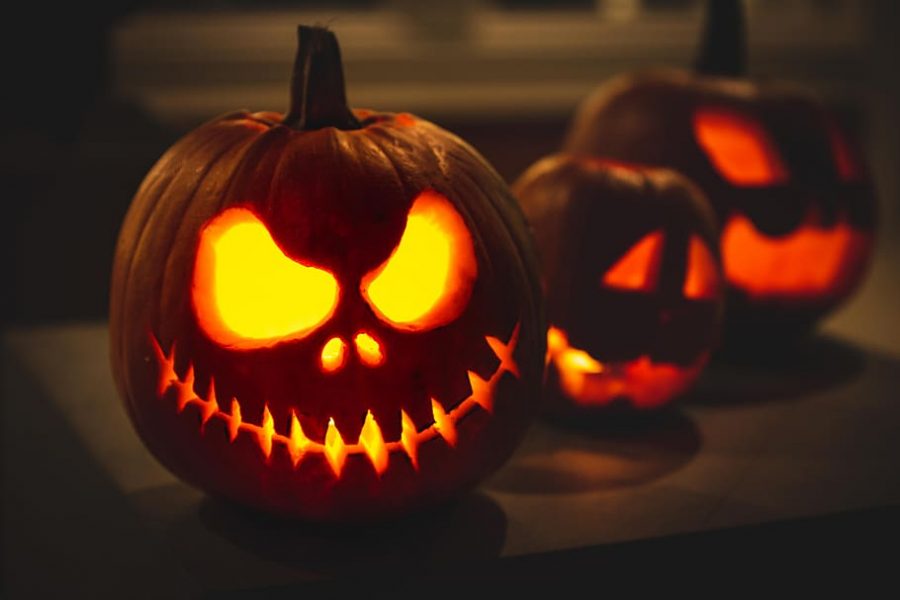The History Of Halloween
History of Halloween
October 29, 2020
What we call “Halloween” started out as a pegan ritual, and has since evolved into parties, costumes, and lots of candy. While kids dress up as princesses and monsters, parents hang out with friends or go to parties. Here is some history on the origins of Halloween according to History.com
Halloween dates back to the ancient Celtic festival of Samhain. The Celts lived 2,000 years ago, mostly in what is now known as Ireland, the United Kingdom, and France. On October 31, they celebrated Samhain. They believed that om this day, the spirits of the dead returned to earth. Not only did they think that the spirits caused trouble and damage to crops, they thought that due to their presence and power, that they made it easier for the Druids or Celtic priests to make predictions about the future. For some people, those prophecies were what comforted them during the long and dark winter. To show respect to the spirit, the Druids would make huge sacred bonfires where people would gather together to burn their crops and animals as a sacrifice to the Celtic deities. During this celebration, the Celts wore costumes; usually animal heads and skins. and tried to tell each other’s fortunes. When they finished celebrating and the night was over, they relit the fires in their houses, which they had gone out earlier that evening while they were out by the bonfire, hoping that it would protect them from the hard winter to come.
The tradition of costumes and trick-or-treating dates back to the practice of “mumming,” where people would dress up in costumes and go door to door and beg for food. Usually they were made out of straw. People also wore these costumes for plays or skits.
In 1950, Halloween became an official holiday, but even before then people were playing tricks with each other. People would tip over outhouses, open the gates in farms, and egg people’s houses. By the 1920s these pranks started to become more serious and were more like vandalism. People thought that instead of playing pranks on people, they could dress up and trick-or-treat as a safe way to still have fun. However, many Christians were afraid that dressing up was encouraging satanism because of its pagan roots, however, the Celts did not worship anything representing the Christian God. Some thought that Halloween was so bad that they would put sharp objects in kids candy so that they wouldn’t want to continue trick-or-treating.



